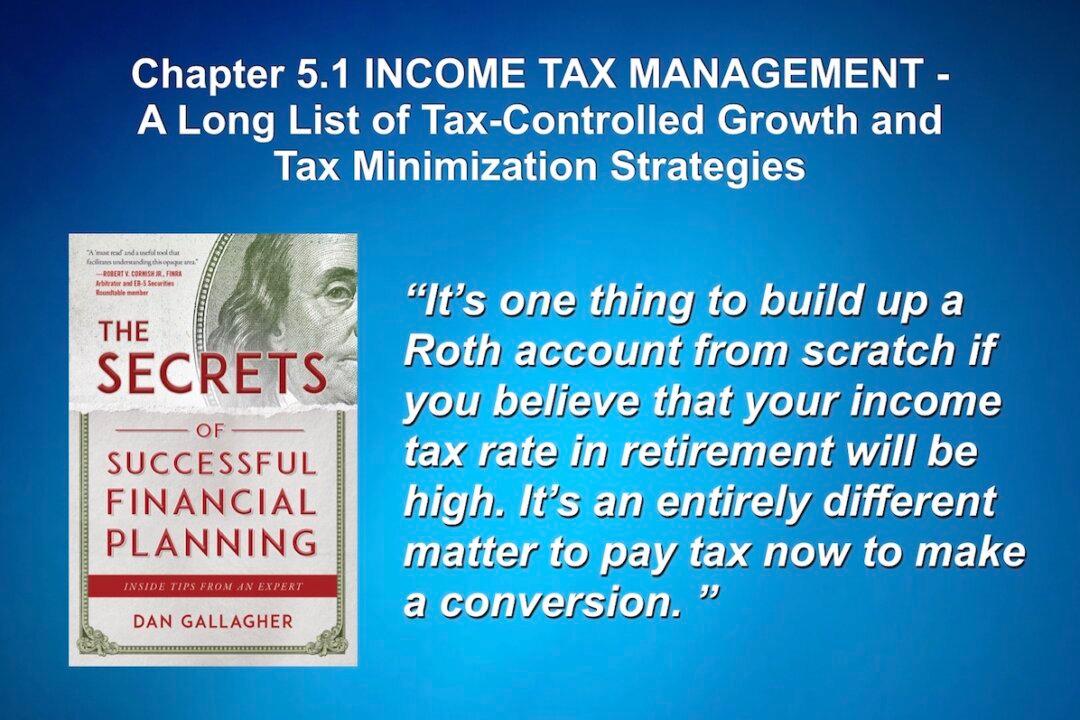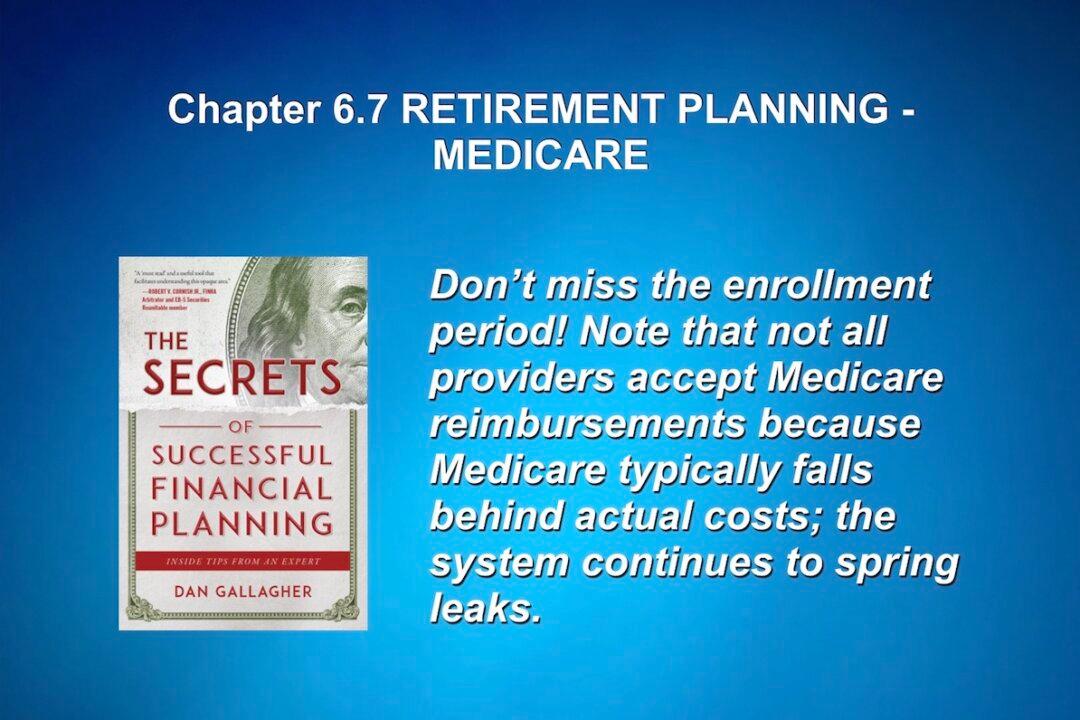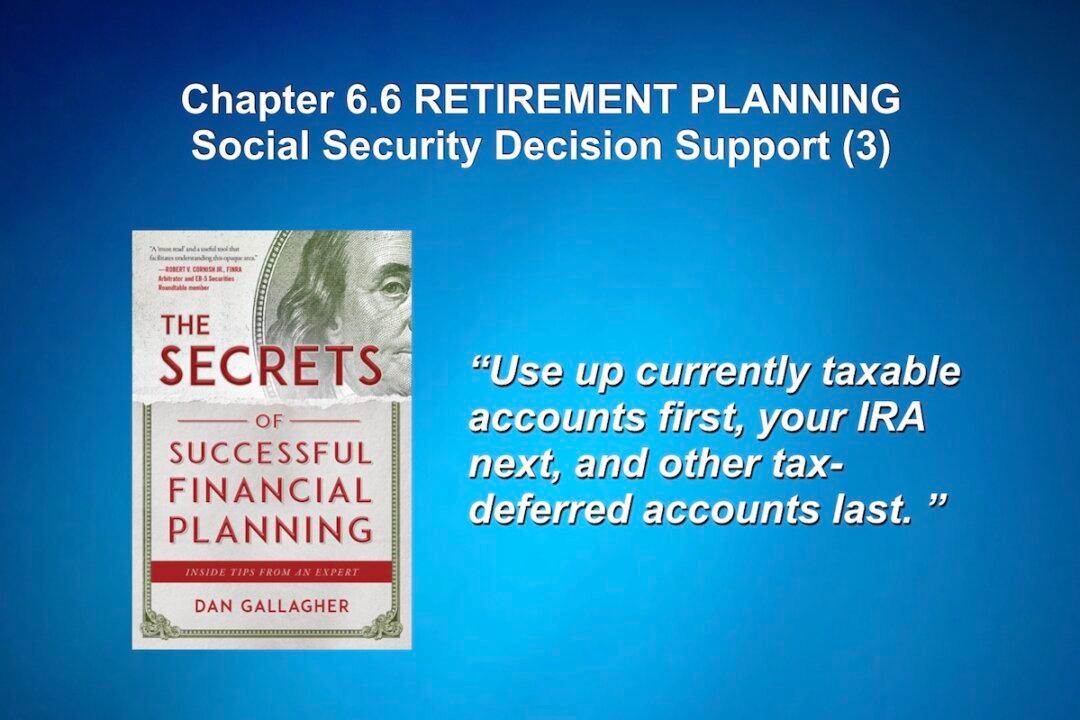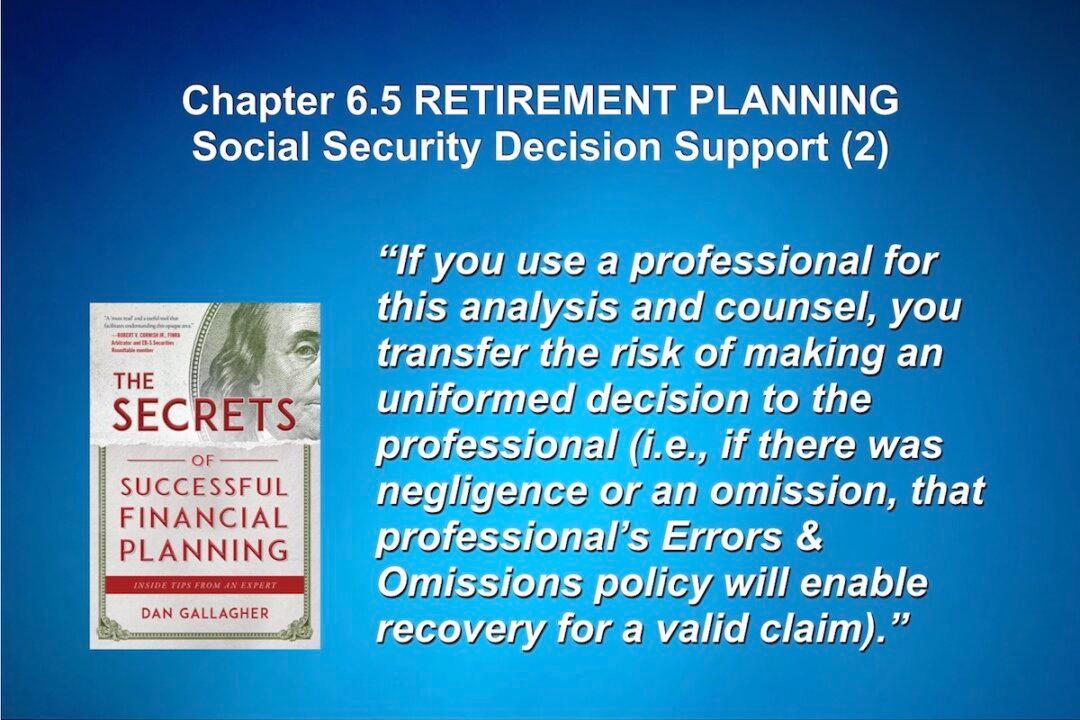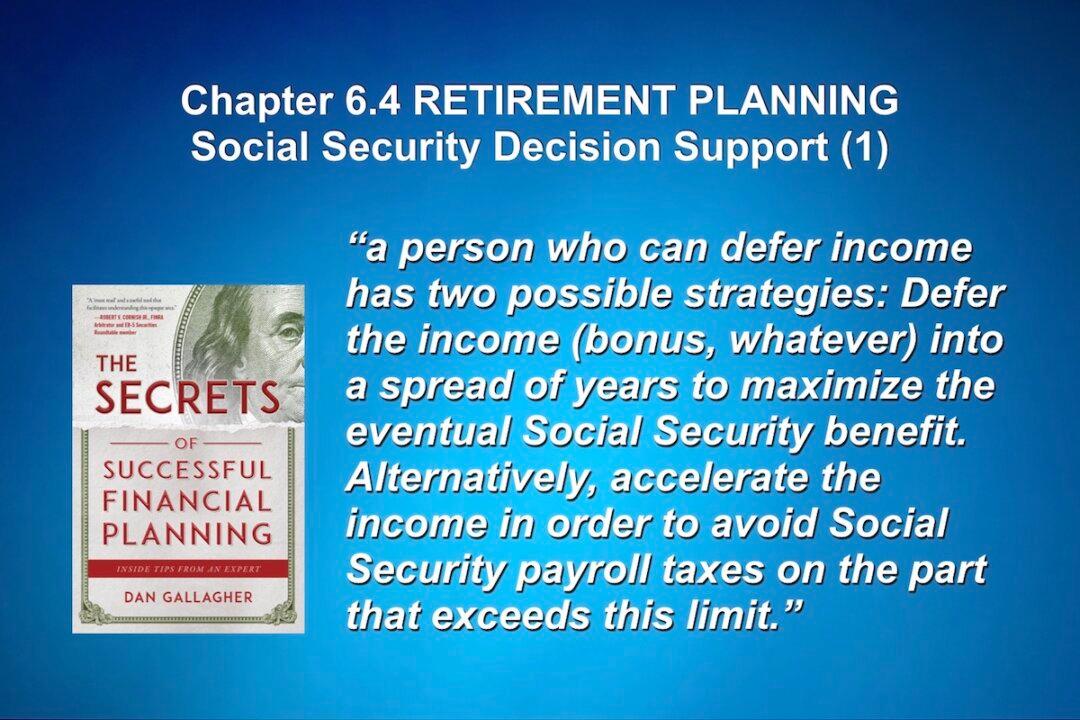For the sake of liquidity (tax-favored accounts tend to be subject to tax penalties), you will want at least one tax-exposed account. Examples include money for a major business (buy out the boss), or personal outlay (second home), or a Tier 3 cash reserve. But let’s say that you need an equities component to enhance the likelihood of a high return. Phantom income will bite you, and so would using an annuity.
Life insurance has an up-front load that renders the use of these policies inappropriate for medium-term investing (even the low-surrender charge versions have this load). And equities fund managers are constantly turning over the portfolio, passing tax liability through to you. You are building this fund, so it’s not big enough for money manager minimums. Index funds, contrary to popular belief, have fairly high turnover and are not typically tax-efficient. What to do? Discuss a blue-chip dividend-focused fund with your broker; most have low turnover and dividends can be taxed below ordinary income tax rates. Consider individual stocks, too, picked for long-term growth potential, and recommended by analysts as long-term hold candidates. There are tax-controlled ETFs with very minimal turnover and low management fees; also consider Unit Investment Trusts (UITs) that have no management fees and no turnover. Many of these funds have names with “long-term equity” or “tax saver” in them, but your brokerage should be able to find the best candidates and then modify the risk profile, as you approach your intended liquidation date, by buying bonds with new money additions instead of selling off these equity funds as a way to lower volatility as time goes onward.
Roth conversion
This is exposing IRA or QRP money to taxation in return for growth never being subject to income tax. Let’s insert a caution I have found that few professionals discuss. It’s one thing to build up a Roth account from scratch if you believe that your income tax rate in retirement will be high (above 15% or so). It’s an entirely different matter to pay tax now to make a conversion. The early withdrawal penalty waiver if you’re younger than 59.5 is scant compensation. Everyone wants tax-free income, but the risk incurred to get it can be folly.
Let’s examine the crucial factors that must be modeled and provided to you. Suppose you are smart and convert in phases, so as to prevent the distribution from being pushed into high tax brackets. Great. But now you have sustained a definite loss from income taxation. What if you get scant gain in the coming years before retirement or before most years of retirement pass? What if it’s worse than that and you take a loss? Sure, you’d presumably have had the same strategy with the IRA or QRP, and so the same investment results, but you would have far more that could earn you more eventually! So before you convert, ponder whether you have many years to recover from some investment loss or just disappointing gains; the tax loss could have been avoided. In fact, you must have three things going for you for a conversion to make sense: you really do have reason to expect a substantial tax bracket during retirement, you really do get a significant gain (higher than EIAs or conservative investments can get you) to harvest those big numbers tax-free, and you have reason to believe you will be alive to make the probabilities of a good return work for you (many years to recover from possible losses). If any of these three factors are not in place for you, then do not convert.

